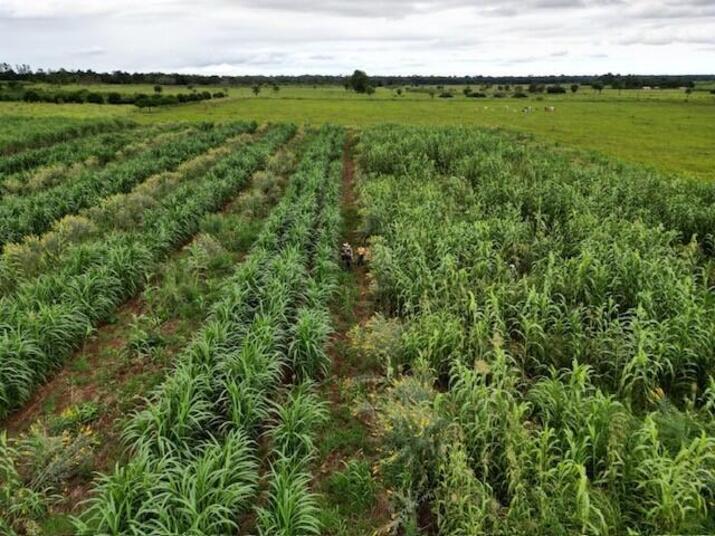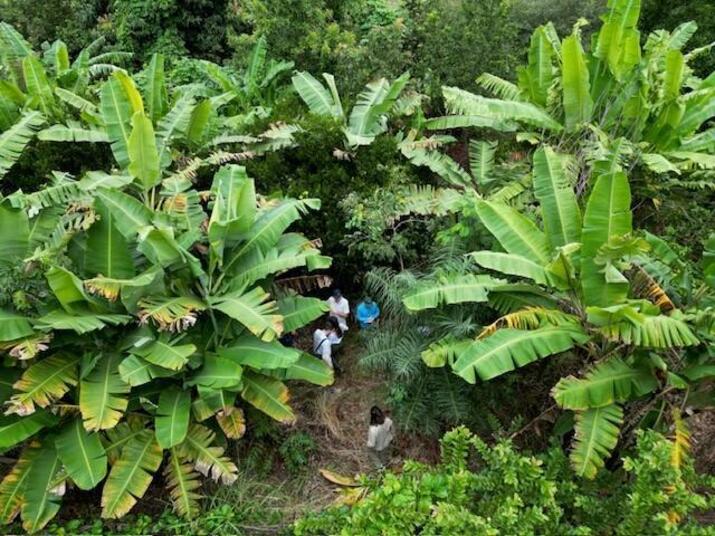
A Journey Toward Deforestation Free Leather
- Date: 14 November 2022
Mention deforestation and the mind automatically travels to Brazil, where wide swaths of the Amazon rainforest and the Cerrado savanna have been cut down and converted into farmland. In fact, the largest cause of deforestation in Brazil is the conversion of forest areas to pasture for the production of beef.
Brazil is one of the world’s largest beef producers – and because of that, it also produces a lot of leather. But while nearly 80 percent of the beef processed in Brazil is used for domestic consumption, more than 80 percent of the leather produced from cowhides in Brazil is exported, for use in the automobile industry, footwear, handbags and apparel.
The leather industry has long positioned itself as being unable to take significant steps to fight deforestation claiming that the cowhides used by tanneries are only a by-product of beef production. Tanneries get their supply, they say, not from farmers but from meatpackers, making it difficult if not impossible to trace whether the hides came from cattle that were raised on deforested land.
These circumstances are starting to change. Beginning with support from the Moore Foundation and now with an additional grant from the Tapestry Foundation, World Wildlife Fund is working with brands and tanneries in Brazil to develop Deforestation and Conversion Free (DCF) sources of hides, catalyzing efforts to ensure that hides don’t come from deforested land. Challenges persist: a single cow can be owned by many beef ranchers as it’s raised from a newborn calf to fully grown and ready for processing. But several tanneries are starting pilot projects to address the challenges of tracing the origins of those hides.
This is the start of a journey that will take time to realize outcomes. The goal is not just to eliminate illegal deforestation from the supply chain, but rather stop ALL deforestation, legal and illegal. By accelerating the development and identification of verification methods, standards, and incentives to certify DCF leather originating in Brazil, WWF and the Tapestry Foundation are aiming to enhance traceability in cattle production and the leather value chain to drive a more sustainable future for the industry.
“We’re in the very initial stages of this effort,” said Fernando Bellese, senior director for beef and leather supply chains at WWF. “It’s one thing for the large tanneries to participate in pilot programs, but our goal is to develop solutions for indirect suppliers with cow or calf operations to help other players in the downstream supply chain, including smaller tanneries, to participate in the discussion. That will only happen if we can develop a credible verification system that is trusted by consumers, retailers, brands and other downstream buyers of leather to apply additional pressure for the production of DCF leather.”
“The Tapestry Foundation continues to work in concert with WWF to ensure the groundwork is laid for a leather supply chain program that is sustainable, successful, and delivers solutions that will create impact,” said Julia Furnari, Director, Tapestry Foundation. “In partnership with WWF, we are building accountability and trust into leather supply chains and, ultimately, establishing new standards for traceability.”
Leather is big business in Brazil, and the cowhides produced there find their way into automobile interiors, shoes, purses, clothing, and upholstery. That is where the urgency of this effort needs to be felt — and heard.
To learn more about leather’s role in DCF production, read: Leather Also Has a Role to Play in the Fight Against Deforestation


